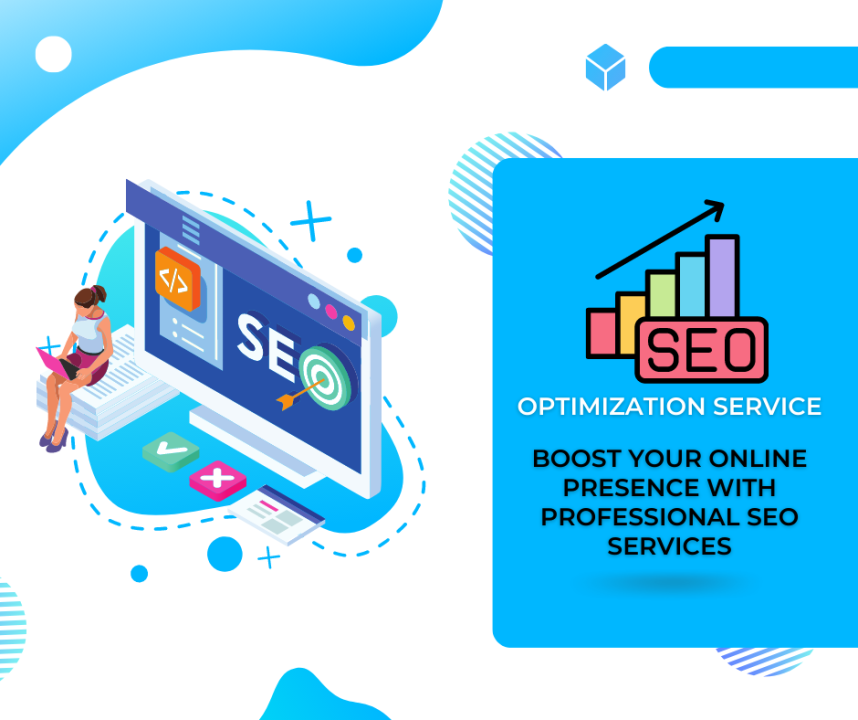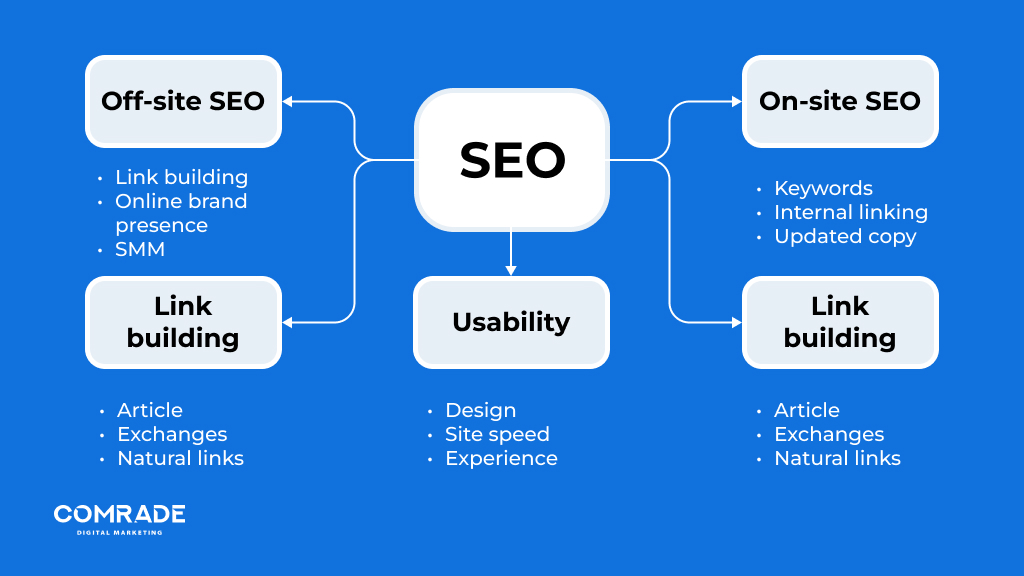Comprehensive Analysis: What Is Not Considered a Default Medium in Google Analytics
Comprehensive Analysis: What Is Not Considered a Default Medium in Google Analytics
Blog Article
Thinking Outside the Box: Leveraging Unconventional Mediums to Enhance Google Analytics Performance
In the realm of digital advertising and marketing, the pursuit for improved Google Analytics efficiency has actually ended up being a strategic important for companies seeking to improve their on the internet presence. Traditional methods often fall brief in catching the complete range of client communications and habits. Nonetheless, by checking out unique mediums as methods of data collection, a brand-new world of opportunities arises. These undiscovered areas provide a riches of untapped insights that can possibly transform the means we recognize and enhance our digital strategies.
One-of-a-kind Data Resources

CRM systems, as an example, can offer understandings right into private customer communications, acquisition history, and preferences, which can be incorporated with Google Analytics information to develop more individualized advertising and marketing methods. Social media systems provide important data on customer demographics, rate of interests, and engagement metrics, enabling organizations to evaluate the efficiency of their social media campaigns and maximize content for better performance. Email marketing information, consisting of open prices, click-through rates, and conversion metrics, can additionally be leveraged to track user engagement and habits beyond web site communications captured by Google Analytics. By leveraging these unique data sources, companies can fine-tune their strategies, boost targeting efforts, and boost total Google Analytics efficiency.
Social Media Site Insights

Furthermore, social media analytics tools make it possible for businesses to track key efficiency signs, screen project efficiency, and measure the influence of their online activities. Recognizing the demographics of followers, identifying prominent web content motifs, and assessing engagement degrees can assist services tailor their marketing strategies for far better outcomes.
Offline Advertising Combination
Incorporating offline advertising and marketing methods with digital analytics can improve overall project efficiency and give a much more extensive understanding of customer behavior. what is not considered a default medium in google analytics. By connecting the gap between online and offline initiatives, organizations can track the influence of traditional advertising and marketing channels such as print ads, television commercials, straight mail, and events on their on-line existence

In addition, applying telephone call tracking systems for offline advertising tasks allows organizations to catch beneficial information on consumer questions generated through printed advertisements or products (what is not considered a default medium in google analytics). By examining phone call data alongside on the internet metrics in Google Analytics, businesses can gain deeper insights right into the customer journey and optimize marketing techniques for better performance across all channels
IoT and Wearable Technology
Using IoT and wearable innovation in electronic analytics can revolutionize information collection and consumer understandings for businesses seeking a much deeper understanding of individual habits patterns. Wearable innovation, such as smartwatches or fitness trackers, can provide insights into customer activities, wellness metrics, and also location data.
Gamification Strategies
The implementation of gamification methods in digital analytics presents a cutting-edge technique to improving individual interaction and driving actionable insights for organizations. By including game-like components such as points, badges, leaderboards, and compensates right into the analytics user interface, business can motivate individuals to interact more regularly and meaningfully with the data.
Gamification motivates individuals to explore different features of the analytics platform, discovering valuable understandings that could have or else gone undetected. Via interactive anchor challenges and development tracking, individuals are incentivized to dig much deeper right into the information, leading to boosted time invested in the system and a higher probability of finding vital fads or patterns.
In addition, gamification can promote a sense of competition amongst users, stimulating them to strive for greater performance and involvement degrees. This competitive spirit can drive boosted customer fostering rates and a much more thorough utilization of the analytics devices available. Eventually, by leveraging gamification methods in digital analytics, organizations can create a much more productive and interesting environment for customers, causing even more informed decision-making and boosted overall efficiency.
Conclusion
In conclusion, leveraging unconventional mediums such as distinct information sources, social media sites insights, offline advertising assimilation, IoT and wearable modern technology, and gamification strategies can maximize Google Analytics efficiency. By thinking outside the box and discovering these alternate sources of data, companies can acquire important understandings and boost their general advertising and marketing approaches. It is very important for business to continuously discover new ways to collect information and analyze it in order to remain ahead in image source the ever-evolving electronic landscape.
By integrating information from resources such as client connection administration (CRM) systems, social media systems, and e-mail advertising and marketing projects, services can gain an extra comprehensive understanding of their audience habits and interaction patterns. Social media systems use useful information on user demographics, interests, and interaction metrics, allowing businesses to gauge the efficiency of their social media campaigns and enhance content for much better performance. By leveraging these special information resources, services can improve their techniques, enhance targeting initiatives, and boost overall Google Analytics performance.
Discovering social media understandings can supply businesses with beneficial data on user demographics, interests, and engagement metrics, allowing for informed decision-making and calculated optimization of advertising initiatives. By assuming outside the box and checking out these different sources of data, organizations can obtain important insights and boost their overall advertising strategies.
Report this page